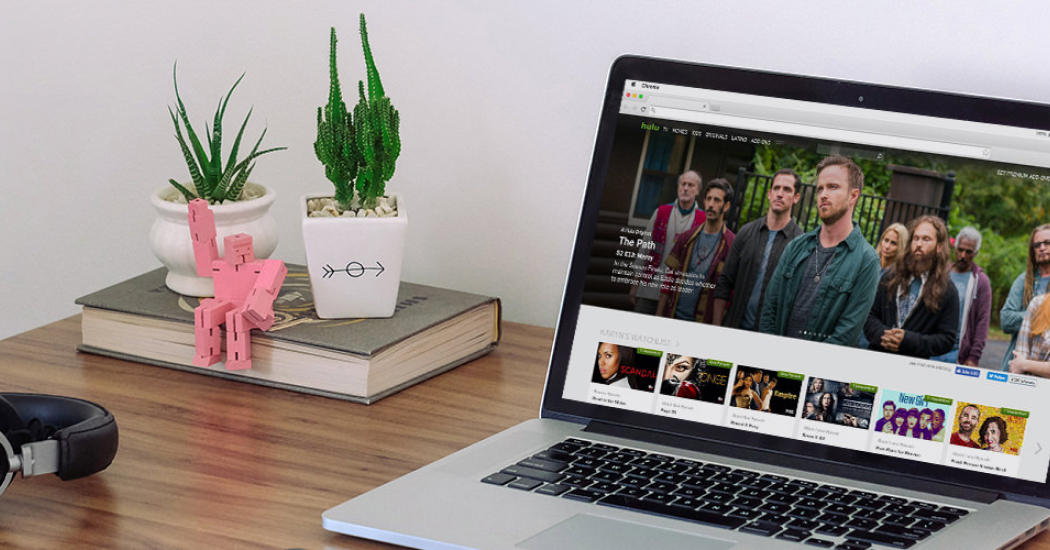A Cord-Cutting Wish List

You may have heard about eMarketer’s latest predictions on cord-cutting. By 2019, almost 23% of US households won’t be paying for traditional TV, compared to 17% currently. That’s a six-point bump over the next three years.
I wouldn’t characterize this as an exodus. Here’s why: People still have a strong relationship with premium video content.
So what’s changed here? If you eliminate reality programming, the quality of shows is in many ways at an all-time high. Convenience of consumption has never been better – my shows follow me from location to location and across a hitherto unimaginable assortment of devices. I’m shifting time and space like a sci-fi hero!
Yet as a TV media professional, cord-cutting fills me with an angst that, at the end of the day, I think is probably unjustified. I know that it’s possible for me to let go of my reservations if some conditions ease my discomfort about advertising to a cord-cutting population.
Scale
I get it – we can buy audiences now. It doesn’t have to be straight gross rating points (GRPs); in fact, the currency is actually impressions, which is really pretty cool. I can buy behaviors and probably even attitudes, if I want. Thing is, I haven’t seen the scale yet.
What I am afraid of is that the layering on of audience selects probably limits my reach significantly, and since this is a wish list, I want insane granularity of targeting, while maintaining the reach of a mass medium and the ability to back up into a GRP or equivalent measure.
My suspicion at the moment is that these are mutually exclusive, but my intuitive sense of the potential scale tells me that they shouldn’t be. With more potential touch points multiplied by a growing number of users versus a single touchpoint times a shrinking number of users, the scale has to be there.
As viewers of on-demand content, we’ve all been victimized by nutty commercial frequency levels that are probably driven by providers struggling to deliver targeted impressions at scale. But since cord-cutters are disencumbering themselves from the set-top box, they are in effect releasing advertisers from this particular shackle as well. That means we should be able to reach every consumer of video content on almost every device without blowing the roof off of frequency, regardless of how narrowly we’ve defined our target.
In theory, we’d establish a stronger sense of ubiquity through the use of multiple touchpoints – which I view as a real plus – but I would also caution that we’d need to figure out a way to measure frequency of exposure across all devices and channels, and not allow our blended GRP to be overly driven by one element in the equation (reach x frequency = GRP). For example, if I achieve 100 GRPs, it is not acceptable for that to be the result of 2% reach and 50 frequency. I need it to favor reach by a wide margin every time in order for me to be comfortable with the scale.
Accounting For Impact
I’m not going to rehash all of the measurement challenges around mobile video, on-demand viewing or distinguishing individuals from households here. These are super complex problems that I’ve just compounded by insisting on being able to blend from across touchpoints (remember, this is a wish list).
But I will go on the record to say that not all exposures are or should be treated as equal. Basically, I would argue for a weighted attribution system that takes into account the impact an ad has. A “Star Wars” trailer on a big screen should get more impact credit than a pre-roll trailer on an older mobile phone or one played within a banner ad.
And, while we’re at it, I’d like to give some weight to “context” or the environment in which an ad is seen. So “first-run” content should score higher on context than, say, if my ads run during someone’s binge watching of original “Dallas” TV episodes (unless, of course my advertiser is some major oil brand).
Implications
This has been a long-winded way for me to say that if I can accumulate reach responsibly via multiple channels and with some certainty that I can allocate impact credit to each exposure, then it doesn’t matter that people have cut their cords. If we can solve for this, we may find ourselves wishing that everyone would hurry up and break free.
Because at the end of the day, the value proposition we offer as advertisers is that we should give our audiences something in return for their attention, and the closer we can pattern that exchange on how content is consumed, the more value we can bring to the table.
I guess in the end, the way to look at the problem of cord-cutting shouldn’t be about the audiences we stand to lose, but rather the paths to connecting with them that we are going to gain.